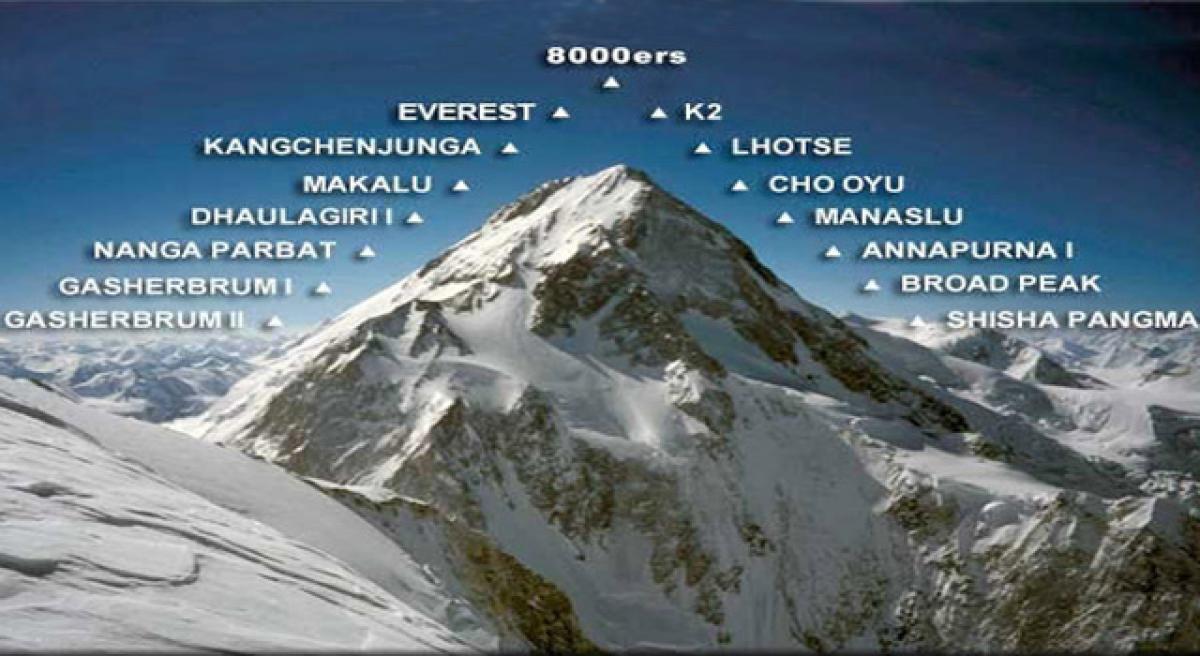Measuring a mountain

Survey of India is planning to re-measure Mount Everest. Official measures put Mount Everest at 29,029 feet (8,848 meters) above sea level, but recent satellite data suggest the sky-scraping peak may have shrunk by about 1 inch (2.54 centimeters), because the underlying tectonic plates have relaxed somewhat.
Survey of India is planning to re-measure Mount Everest. Official measures put Mount Everest at 29,029 feet (8,848 meters) above sea level, but recent satellite data suggest the sky-scraping peak may have shrunk by about 1 inch (2.54 centimeters), because the underlying tectonic plates have relaxed somewhat.
Accurately measuring miniscule changes in a mountain that is more than 5 miles up is no easy feat, but surprisingly, measurements rely on geometric formulas and surveying techniques that haven't changed all that much since the 1800s, said Peter Molnar, a geologist at the University of Colorado, Boulder.
At heart, measuring a mountain relies on basic ninth-grade math. To calculate the elevation of a mountain, scientists would measure the distance between two points on the ground and then measure the angles between the top of the mountain and each point. "If you have two angles, you know the third, because the sum of the angles is 180 [degrees]," Molnar told Live Science.
To carry out these measurements, surveyors must identify a horizontal surface using a level (which, like the kind at a hardware store, relies on a trapped air bubble that, under the influence of gravity, slides closer to or farther away from a central region as it tilts). From there, surveyors eye the summit and measure the angle with the assistance of a glorified, highly accurate protractor a telescopic device known as a theodolite. With two angles and one side of a triangle, trigonometry reveals the lengths of the other sides, and thereby, the height of the triangle (the mountain).
Welsh surveyor and geographer Sir George Everest used just this repetitive technique to measure the height of the world's tallest mountain located in the Himalayas in the 1840s. Of course, one measure could be mistaken, so teams of geographers calculated the dimensions of the mountain from myriad different stations at the base of the mountain, averaging out the heights calculated with many, many triangles.
Legend has it that when the team took the average of all of those measurements, they found the mountain was exactly 29,000 feet (8,839 m) tall, Molnar said. "They didn't expect anybody to believe it, so the story is they added 2 feet [0.6 m], just to make it look more believable," Molnar said. The official height of Mount Everest is based on a survey conducted in 1955. (Courtesy: http://www.livescience.com)
















